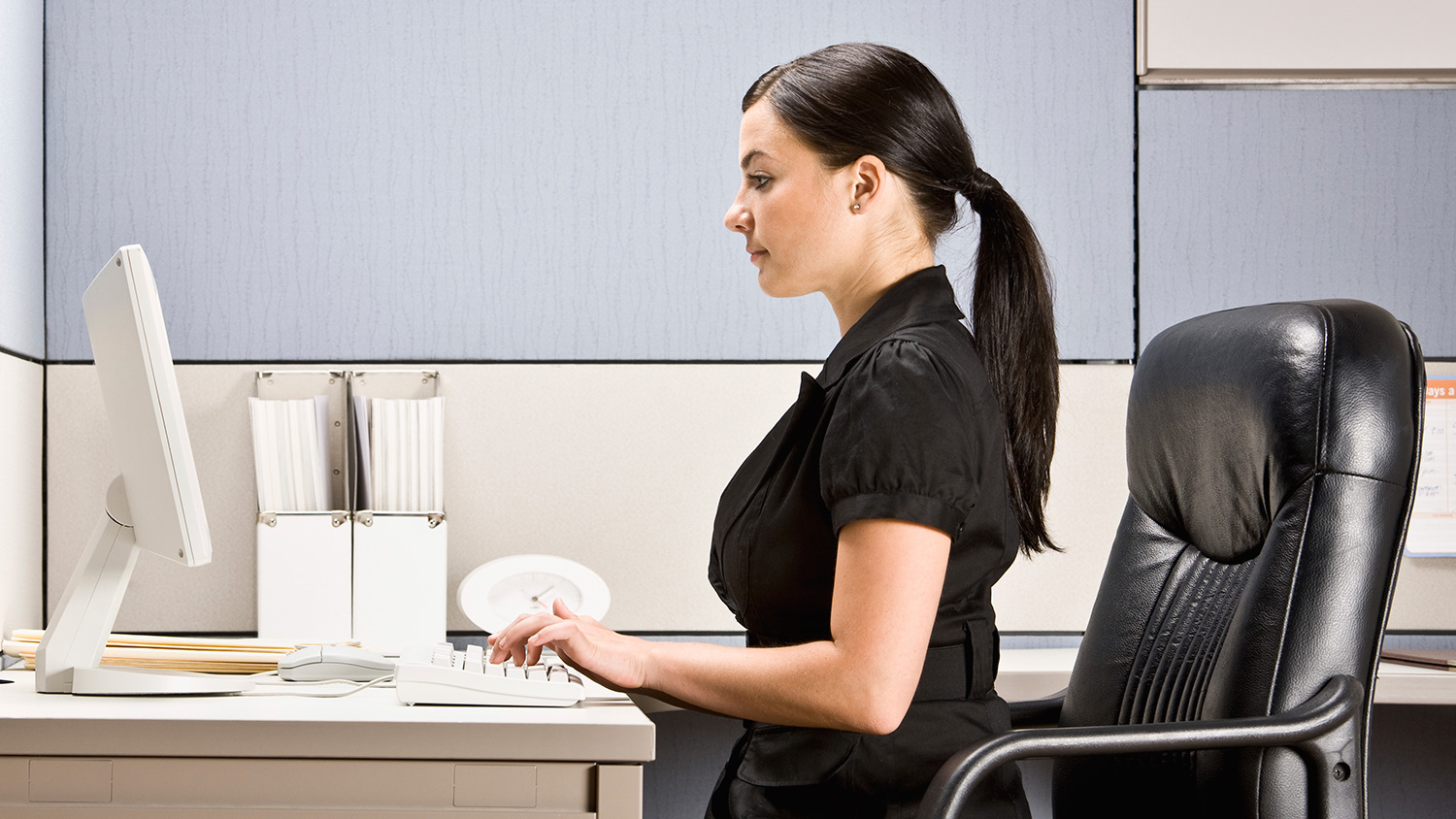
Mental health: keeping employees moving
Mental Health Awareness Week 2024 takes place from 13 to 19 May, and this year the theme is “Movement: Moving more for our mental health”.
One of the most important things you can do to help protect and improve your mental health is undertake regular movement. Moving more can increase your energy, reduce stress and anxiety, and boost your self-esteem. But so many of us struggle to move enough, so this Mental Health Awareness Week focuses how to find moments for movement in your daily routines.
In the workplace, regular movement can sometimes be difficult, especially for those working desk jobs. However, legislation does apply to ensure employees take regular breaks. For example, the Display Screen Equipment (DSE) Regulations 1992 (as amended) apply to jobs that involve the prolonged use of display screen equipment, such as computers. Employers must ensure that workstations are set up ergonomically to minimise the risk of musculoskeletal problems, and employees should take regular breaks and perform suitable exercises to reduce the risk of discomfort or injury.
The Working Time Regulations 1998 (as amended) govern working time, including rest breaks and daily and weekly rest periods. They ensure that employees have adequate rest and time away from work to maintain their health and wellbeing, which can include opportunities for movement and physical activity during breaks.
Employees can incorporate various types of movement into their workday, even if they have a primarily desk-bound job. Here are some suggestions:
- Desk exercises: Simple exercises that can be done while seated at your desk, such as neck stretches, shoulder rolls, leg lifts and ankle circles help reduce stiffness and improve circulation.
- Stretching breaks: Take short breaks throughout the day to stand up and stretch your muscles. Focus on areas that tend to get tight from sitting, like the hamstrings, hip flexors and the lower back.
- Walking meetings: Instead of sitting in a conference room, take meetings outside and walk while discussing business matters. Walking meetings not only promote movement but also encourage creativity and collaboration.
- Stair climbing: Opt for the stairs instead of the elevator whenever possible. Climbing stairs is a great way to get your heart rate up and strengthen your leg muscles.
- Active commuting: If feasible, consider biking, walking or using public transportation for your commute. This adds physical activity to your day and helps reduce stress associated with driving in traffic.
- Standing desks: Standing desks allow you to alternate between sitting and standing throughout the day, reducing the amount of time spent being sedentary. You can also incorporate gentle movements while standing, such as shifting your weight or doing calf raises.
- Mini workouts: Set aside a few minutes during your breaks to do mini workouts. This could include bodyweight exercises like squats, lunges, push-ups or yoga poses to boost your energy and mood.
- Active breaks: Instead of scrolling through your phone during breaks, engage in active hobbies like walking around the office, practicing mindfulness or meditation, or playing a quick game of ping pong or foosball if available.
- Fitness challenges: Organise workplace fitness challenges or competitions to encourage employees to move more. This could include step challenges, fitness classes or team sports activities.
- Posture awareness: Focus on maintaining good posture throughout the day by sitting up straight, keeping your shoulders relaxed and aligning your ears with your shoulders. Proper posture can prevent discomfort and reduce the risk of musculoskeletal issues.
Encouraging a culture of movement in the workplace not only benefits individual employees but also contributes to a healthier and more productive work environment overall.
Here are some of the key advantages:
- Improved physical health: Regular movement helps prevent sedentary-related health issues like obesity, cardiovascular diseases and diabetes. It also reduces the risk of musculoskeletal problems by preventing stiffness and improving posture.
- Increased energy levels: Movement boosts circulation and oxygen flow, leading to increased energy levels and enhanced productivity throughout the day.
- Enhanced mental wellbeing: Physical activity stimulates the release of endorphins, neurotransmitters that promote feelings of happiness and reduce stress. Moving regularly can help alleviate feelings of anxiety and depression and improve overall mood.
- Better cognitive function: Studies have shown that physical activity enhances cognitive function, including memory, attention and problem-solving skills. Taking short movement breaks can help you stay mentally sharp and focused.
- Reduced risk of chronic diseases: Regular movement is associated with a lower risk of chronic diseases such as heart disease, stroke and certain types of cancer. Incorporating movement into your daily routine can contribute to long-term health and wellbeing.
- Improved creativity and innovation: Movement breaks can stimulate creative thinking and innovation by allowing your mind to wander and make new connections. Taking a walk or engaging in light exercise can help overcome mental blocks and spark fresh ideas.
- Enhanced collaboration and communication: Movement breaks provide opportunities for informal interactions with colleagues, fostering teamwork, communication, and collaboration. Walking meetings, for example, can encourage open dialogue and creativity.
- Better work-life balance: Incorporating movement into your workday can help maintain a healthy work-life balance by preventing burnout and reducing stress levels. It allows you to recharge and return to your tasks with renewed focus and energy.
In summary, moving regularly while at work is essential for maintaining both physical and mental wellbeing, improving productivity and fostering a positive work environment. Whether it's stretching at your desk, taking short walks or engaging in active meetings, finding ways to incorporate movement into your daily routine can have profound benefits for your health and performance.
IOSH Managing Occupational Health and Wellbeing, brought to you by International Workplace, is suitable for managers and supervisors working in any sector and for any organisation. It's designed to provide them with the tools and techniques to improve health and wellbeing in the organisation.
The course covers:
- Ergonomics, demographics and types of working.
- Giving employees the knowledge and skills to identify wellbeing issues, and to act on them.
- Work-related health issues – such as how to deal with employees living with cancer, long-term diseases, mobility issues and poor mental health.
- Understanding that an employer’s duty of care extends beyond health and safety, to employee wellbeing.
Our Display Screen Equipment (DSE) training course raises awareness of the health risks associated with working with display screens and identifies steps to reduce the risk of injury or ill health. Find out more here.







